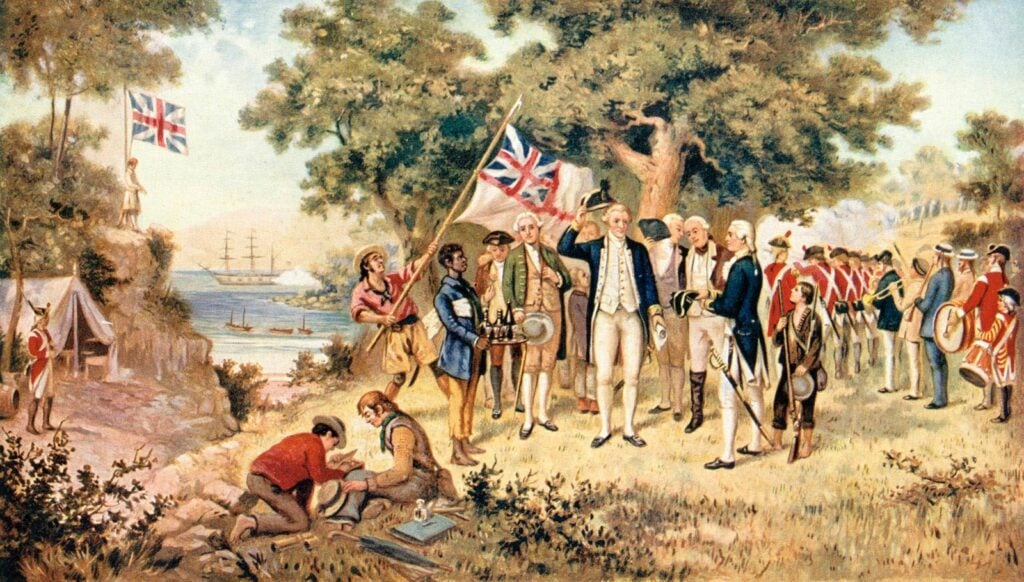Captain James Cook, an English explorer, was known for his most famous discovery of the Hawaiian Islands. But did you know that his most famous discovery led to his demise, and it was all about a petty thing?
When the Hawaiian natives stole Captain Cook’s longboats, he wanted to kidnap a Hawaiian chief so he could use the chief as ransom for the boats. When the Hawaiians found out, they killed Cook instead.
Who was Captain James Cook?
On October 27, 1728, James Cook was born in Yorkshire, England. He was a son of a farmhand of Scottish descent. When his father became a foreman on a farm, his employer saw that Cook had a curious and brilliant mind. Cook found himself attending formal education paid by his father’s employer.
Cook became an apprentice in a general store on the coastal village of Whitby, and this is where his fascination with ships and the sea began. By the time he turned 18, he had become an apprentice for a known Quaker shipowner, John Walker. Cook then became a rated seaman when he turned 21.
He was promoted as mate in 1752 and was offered command of bark, but Cook did not accept the offer. He instead volunteered as an able seaman with the Royal Navy, as Cook felt the Navy would give him a more exciting career and greater opportunities at sea. His superiors immediately noticed Cook, enabling him to get promoted quickly.
At the age of 29, Cook was appointed master of the HMS Pembroke. He also saw action during the Seven Years’ War of Great Britain and France. In the battle in the Bay of Biscay, Cook was given command of a captured ship. In his free time, Cook mastered charting and surveying.
In 1769, 40-year-old Cook was made commander of the Royal Society’s scientific expedition. The following year, Cook found the southern continent known as Terra Australis. He explored further south and southwest of Tahiti, finding and charting New Zealand. By 1770, Cook found the southeast coast of Australia.
Upon his return to England, Cook was again promoted to captain and was also inducted as a fellow in the Royal Society, earning the highest honor of the gold Copley Medal for his paper to help sailors avoid scurvy. He then started a voyage to uncharted regions, ultimately discovering the Hawaiian Islands, where he met his demise on the beach at Kealakekua. (Source: Britannica)
Cook’s Grisly Death
Cook’s arrival in the Hawaiian Islands coincided with the natives’ annual festival honoring their fertility god Lono. As the natives had not seen Europeans nor big ships in the past, they thought that Cook was their native deity and embellished him with feasts and gifts.
The natives realized that Cook and his men weren’t immortal when one of his sailors died of a stroke. Along with the Europeans greedily stripping the land of their resources, this event caused Cook’s relationship with the natives to turn sour.
In February 1779, Cook discovered that the natives had stolen one of his cutter boats. Enraged, Cook tried to take King Kalani’ōpu’u hostage. The Hawaiians swarmed to the king’s aid. As Cook tried to escape, he was pelted with stones and clubbed viciously before being stabbed at the back using a knife he gifted the natives. (Source: History)
